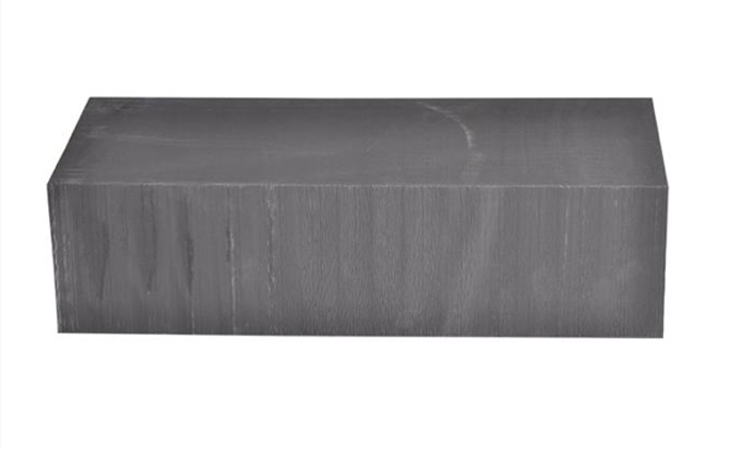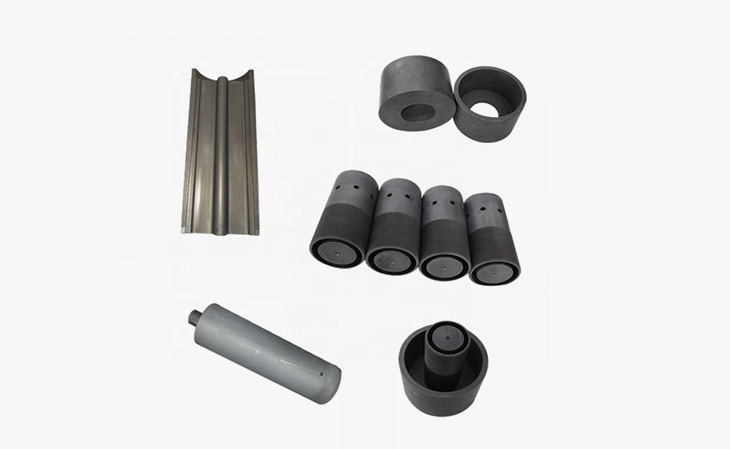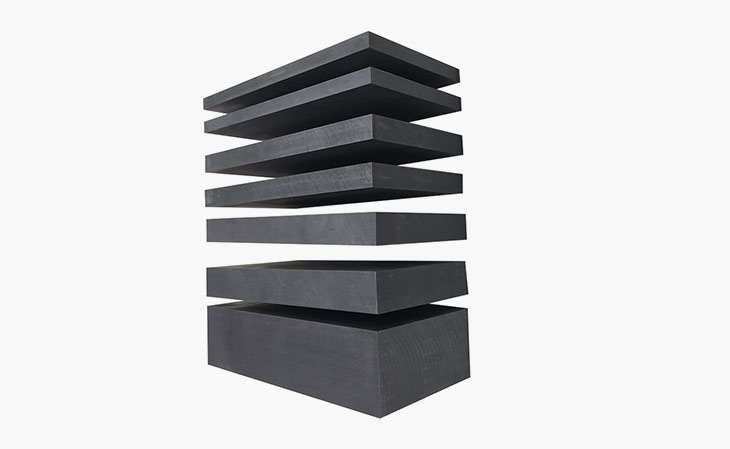Ⅰ. Understand the graphite rod
Graphite rod is a non-metallic product. As a necessary cutting consumable before welding in the carbon arc gouging cutting process, it is made of carbon, graphite and appropriate binder, and is formed by extrusion, baked and rotated at 2200 °C. It is made of a layer of copper plated after the section, which is resistant to high temperature, has good electrical conductivity, and is not easy to break. It is suitable for cutting metals into shapes that meet the requirements. Graphite rods are often used in the electric heating body of high temperature vacuum furnaces, the maximum operating temperature can reach 3000 ℃, and it is easy to be oxidized at high temperature. Except for vacuum, it can only be used in neutral atmosphere or reducing atmosphere.
Ⅱ. Advantages of high-purity graphite rods in the electronics industry
High-purity graphite rods and high-density graphite products are prized for their thermal stability, electrical and thermal conductivity, thermal expansion, flexural strength, tensile strength, and high electrical resistance capacity. High-density graphite can replace ordinary graphite in many occasions such as refractory materials, nuclear reactors, and batteries. This is an extremely promising research area with many possibilities for future applications. Space reentry vehicles, missiles, and modern aircraft can take advantage of the strength and other properties of VHD with proper design and application. There are many different kinds of graphite rods for sale. And high density graphite rod is also widely used as electrode materials in electrical discharge machining (EDM), and compared to copper, graphite can significantly reduce production costs while providing equal or better product quality.
The high-purity graphite rod is an anisotropic material. It is made into a gate and has high axial thermal conductivity, which is beneficial to reduce the gate temperature. At the same time, the thermal expansion coefficient of graphite is small, which is not easy to deform at high temperature, and is not prone to frequent thermal short-circuit damage to the molybdenum grid. The distance between electrodes can be reduced, the working frequency can be increased, and the electrode size of the tube can be made more accurate, so as to improve the reliability and life of the tube. Offers a wide range of product grades for electronics throughout the entire process chain for the manufacture of forming and forging tools. Their capabilities extend from high roughing rates to ultra-fine finishing.
Ⅲ. Advantages of high-purity graphite rod used for gate
Besides graphite rods for electrolysis, high-purity graphite rods are used for gates and have the following advantages:
1. Withstand high power: molybdenum grid can withstand power of 7 to 14W/㎠, and high-purity graphite rod can withstand power of 60W/㎠, which is of great help in reducing tube volume power consumption, reducing weight and increasing power.
2. Low secondary electron emission coefficient: Pyrolytic graphite has low electron emission coefficient, so there is no need to spray precious metal surface.
3. Good thermal performance.
4. High temperature mechanical properties: The strength of graphite increases with the increase of temperature, which can improve the high temperature stability of the gate and prolong the service life.
 English
English








